ISFET pH sensors, like the SeaFET V2 and SeapHOx V2, receive a factory calibration, and don’t require regular field maintenance. Learn how we’ve adapted our calibration facility to account for conditions these instruments meet in the wild.
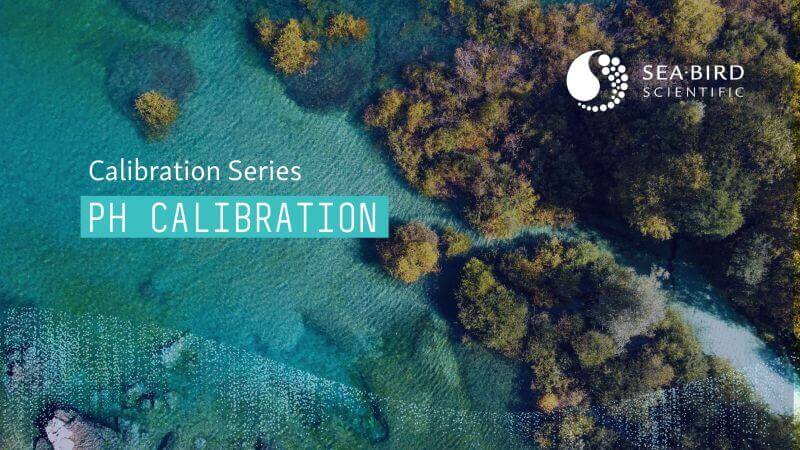

ISFET pH sensors, like the SeaFET V2 and SeapHOx V2, receive a factory calibration, and don’t require regular field maintenance. Learn how we’ve adapted our calibration facility to account for conditions these instruments meet in the wild.
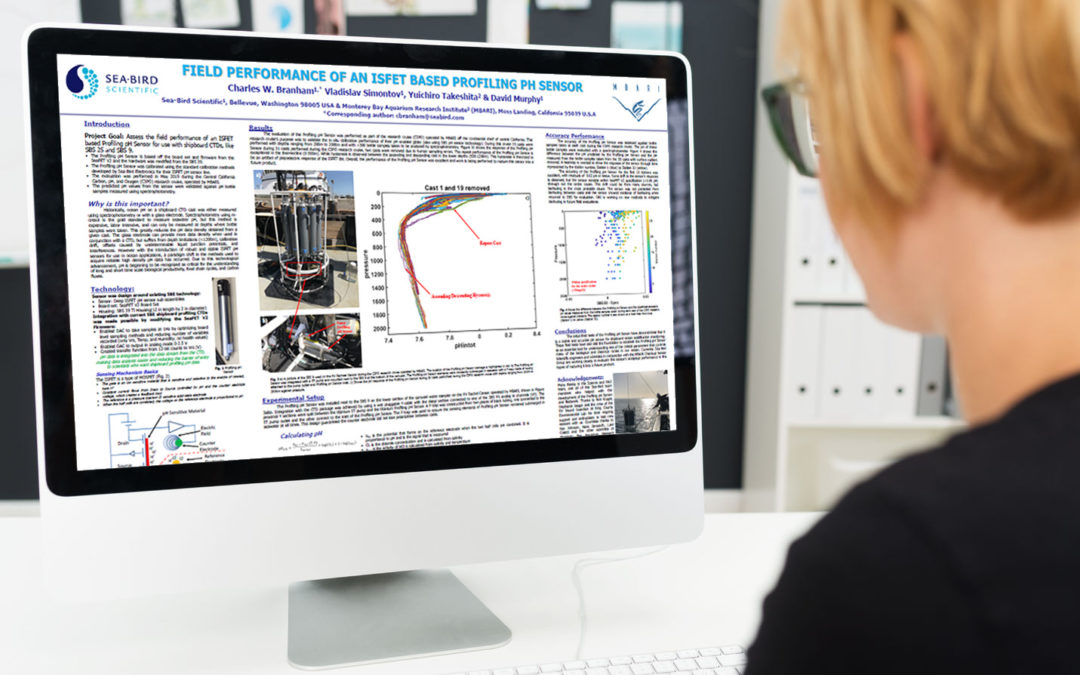
Missed us at Ocean Sciences 2020? Check out digital copies of our Science Team’s conference posters to learn more about what they are working on: Field Performance of an ISFET Based Profiling pH SensorCharles W. Branham, Vladislav Simontov, Yuichiro Takeshita &...
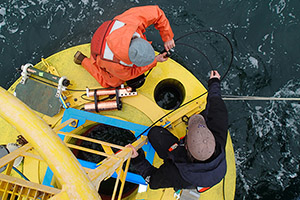
October 2019 Newsletter On October 31st, Sea-Bird Scientific presented a hands on technical training at the OCEANS ’19 conference in Seattle, WA. If you could not attend, watch a recording of our live webinar, presented on July 18th 2019, outlining how our latest line...
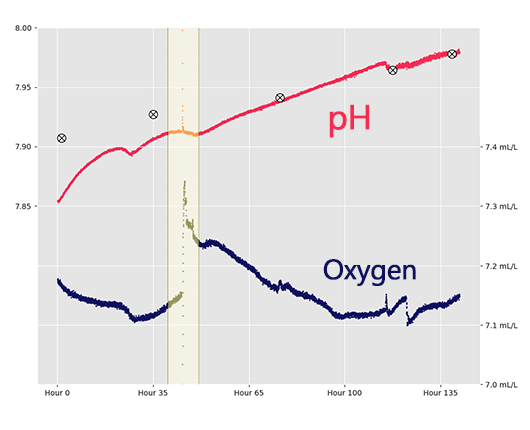
September 2019 Newsletter These data show a small but rather catastrophic deployment error. Shown above, pH and dissolved oxygen data before the highlighted area did not match bottle samples or nearby validation sensors, but data after the highlighted area accurately...
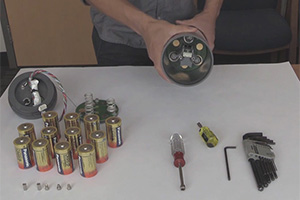
How long can you really trust your sensor to sip energy from its batteries? Properly selecting the right sample interval must strike a balance between a high-resolution dataset and a complete time-series. After some quick calculations, we’ve found the optimal sample...
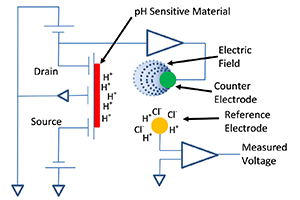
May 2019 Newsletter ISFET-based pH sensors have been used to measure pH in industrial settings for years (do you know the pH of your last beer?). It’s the adaptation of this technology for measuring ocean pH that makes the SeaFET V2 and SeapHOx V2 novel tools for the...
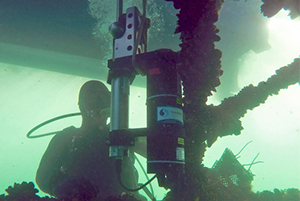
April 2019 Newsletter Sea-Bird Scientific’s line of ISFET pH sensors only communicate via RS-232. However, savvy integrators can utilize the SBE 44 Underwater Inductive Modem as the link between the SeaFET/SeapHOx and an existing inductive modem mooring, providing...
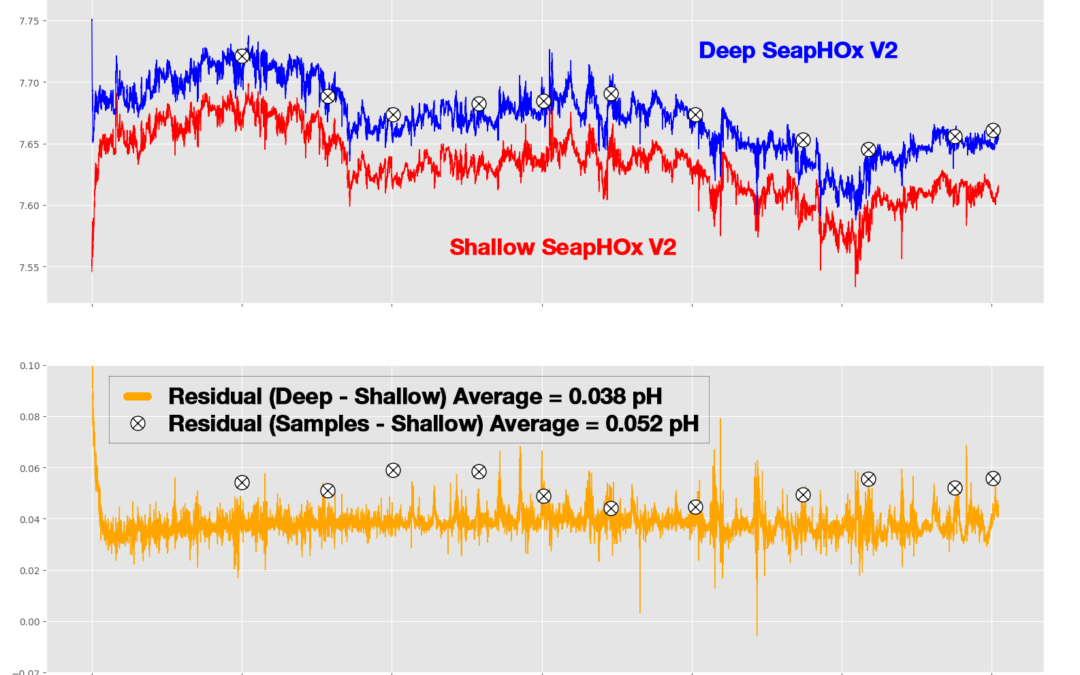
March 2019 Newsletter The data shown above come from a SeapHOx V2 (red) and Deep SeapHOx V2 (blue) deployed next to one another in a dynamic estuarine environment. Regular pH validation samples were collected throughout the time-series. According to the 0.05 pH...
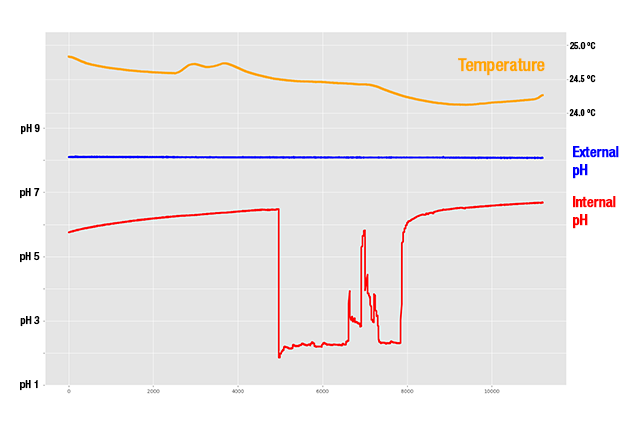
The data above originate from a SeaFET pH sensor connected to a flow-through system that should provide stable, consistent data. As you can see, the Internal pH value experiences a dramatic drop in pH and a subsequent increase in noise midway through data collection....
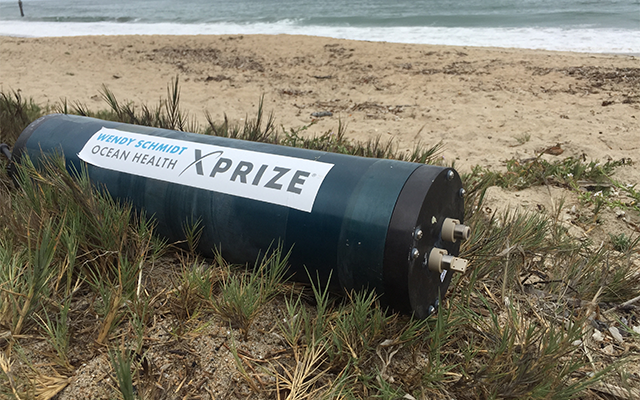
Although it’s barely the size of a breath mint, the Ag/AgCl reference allows the Deep SeapHOx V2 to dive deeper than any other pH sensor. Learn how a solid-state reference electrode allows the SeaFET V2, SeapHOx V2, and Deep SeapHOx V2 retain accuracy across a much...
Dynamic Range Optical Sensors: Look Deeper with ECO V2 Dive into the next generation of optical monitoring with Sea-Bird Scientific's cutting-edge ECO V2 Series. The ECO V2 series offers an impressive dynamic range, seamlessly transitioning from the deep blue ocean...
Ensure Your Oil & Gas Operations Meet Environmental Compliance Standards Oil plays a crucial role in the modern world. However, its extraction necessitates vigilant monitoring of environmental impacts, such as oil spills and leaks from both active and closed...
Through focused, organization-wide collaboration, Sea-Bird Scientific has made significant strides in improving the customer experience, with extra attention on exceeding customer expectations in service, support and delivery. To reinforce this commitment, we are...